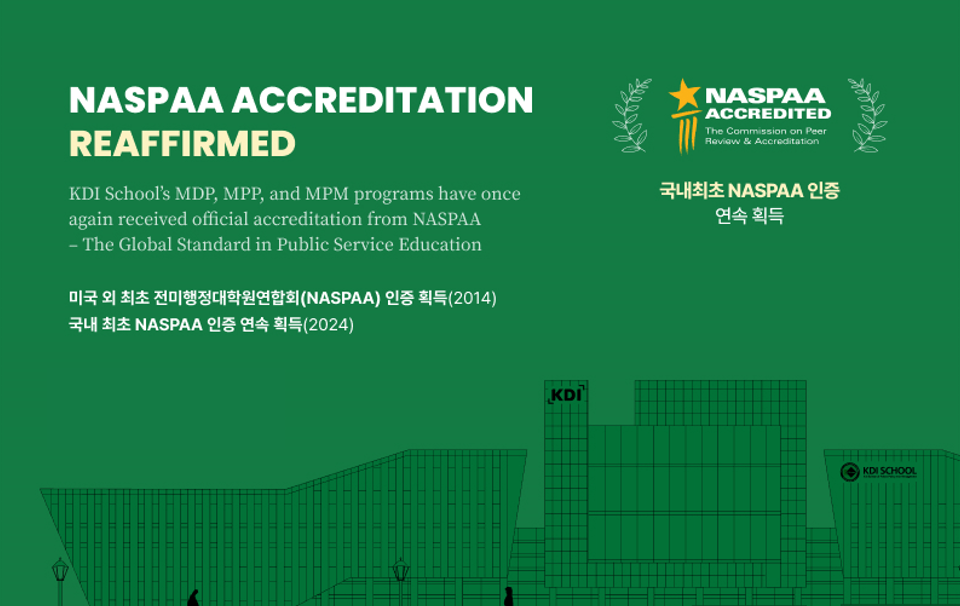
Education bubbles, reform and economic development Korea’s experiences
- Date 2014-05-01 07:02
- CategoryResearch and Education
- Hit1999
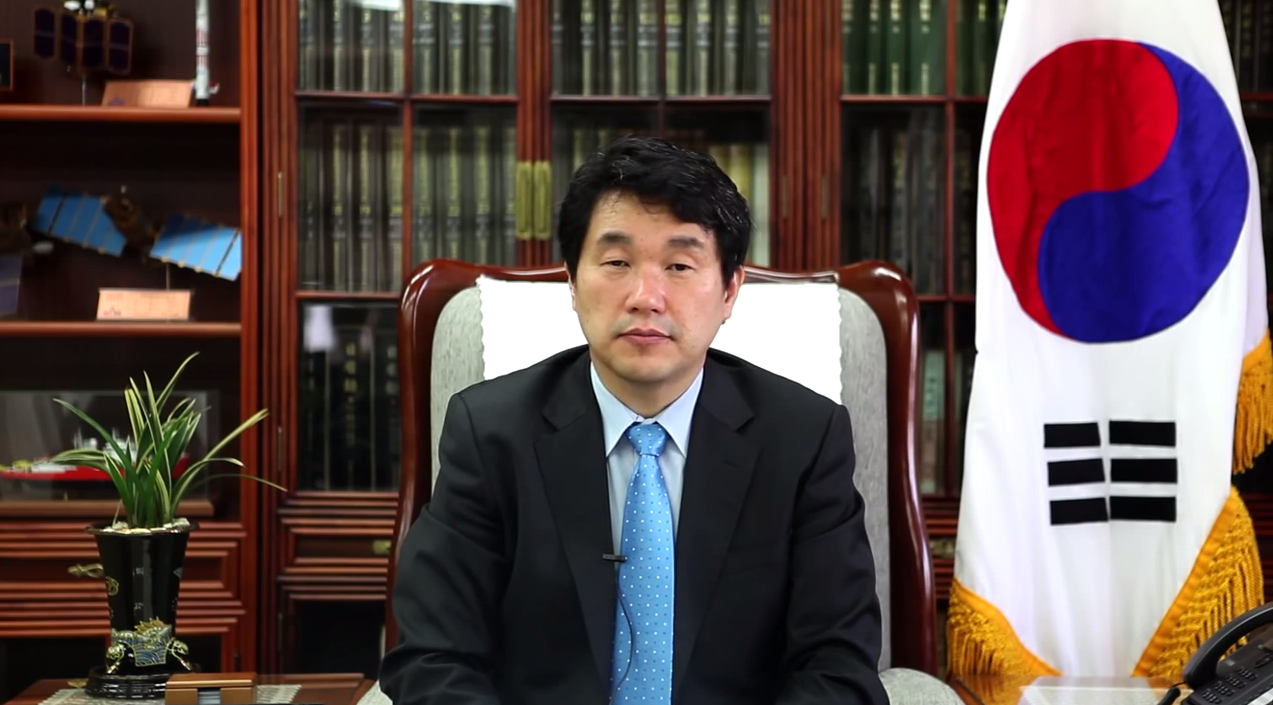
“Education Creates Talents, Talents Create the Future” is the first part of the book titled “Positive Change: The Education, Science & Technology Policies of Korea,” written by Professor Ju-Ho Lee, a former Minister of Education, Science and Technology and currently a professor at the KDI School of Public Policy and Management. The title clearly reflects the concept of importance of education’s role in Korean society.
Of course, education has played a key function in transforming Korea from one of the poorest countries in the world to a donor and leading industrial nation by strongly focusing on human resource and technological development. From the third national economic development plan (1972-1976) under the title of “Five-year Plan for Economic Development” to the sixth plan (1987-1991), “Education Quality Enhancement and Education System Improvement”, the Korean government showed commitments to improve education system from improving the facilities in primary and secondary schools to the quality of college education, and from expansion of vocational education to enhancing science and technology education in the purpose of advancing education system as a whole.
In an interview with the Globe, Professor Ju-Ho Lee claimed that in the current globalization and information age, to enhance the quality of the education, which plays very important roles in national development, the fundamental reform is needed in order to fit with the rapidly changes of technology. In the previous education system, some weaknesses and problems had been found and he named it as “Education Bubble” in Korea.
The Three Education Bubbles
The first bubble was the excessive numbers of students who compete for college education. Not only students who graduated from general high school, but also students who graduated from vocational high school try to go to university immediately after high school graduation. This led the quantity of college education high, but low in term of quality. Korean universities were experiencing difficulties in competing with the high world ranking universities. One implication among others was that since there were the huge amounts of students graduated from universities with low quality of education within the tight labor market, youth unemployment rate increased.
The second bubble was the problem of entrain oriented exam. The uniform college admission system led to severe pressure of competition among students within the vertical dimension. Beside SKY (Seoul National University, Korea University, and Yonsei University), other universities are also doing well for particular majors, so competition should do through horizontal dimensions. “The competition is not bad, but competition should be in diverse (horizontal) dimensions”, Professor Lee added.
The last and the concerned bubble was the high expenditures and its rising trend of household pays for private tutoring to compete for high raking universities after graduation from high school, and it was the heavy economic burden for family. Professor Lee argued that spending more than 2% of GDP for private tutoring can slowdown the speed of economic growth, among others. In addition to that, family also had to pay for high and rising tuition fees when their children went to college education.
These three education bubbles had negative effects not only on Korea’s education system but also on social and economic development. That was the only reasons that education reforms have been done.
Education Reform and Economic Development
In 2008, under the Lee Myung-bak administration, the education reform had been made, and the negative implications of education bubbles were reversed. First and foremost, the advancement rate of high school graduation decreased from 83.8% in 2008 to 71.3% in 2012. The number of high school graduation increased from 16.8% in 2009 to 33% in 2012. Unarguably, it has been a new opportunity for students who can join the labor market right after high school graduation, and this trend reflects the decreasing of unemployment rate, which is the positive sign for economic growth.
To deal with the second bubble, the test-oriented education was reformed to character-building education. School has provided more social activities including student’s clubs, community services, and other on-site activities, which help students to focus more on their own future careers and dreams rather than go to private tutoring blindly. Furthermore, the special high school admissions, and the Admission Officer System has been introduced and has been used by many leading universities in Korea. The purpose of the system is not to select students based on test-oriented, but on self-directed learning, and government also continue strengthening character-building education in schools.
Another reform leads to substantially reducing in education spending both reduce spending on private tutoring and university tuition. Government encouraged schools to reduce budget unnecessary spending, and as a result, in average, national university and private universities lowered their tuition by 5.5% and 3.9% respectively in 2012. Also, the spending on private tutoring decreased from 2.06% in 2007 to 1.63% of GDP in 2011, which was the result of introducing after school programs.
Professor Lee also added that even government have been done a lot through these reforms, Korea’s education still meets some challenges such as teaching and assessment methods, and curriculums etc. Finally he suggested current government to continue providing proper environments for Korea’s education system, and work more on the reform process since human capital investment is the key for national economic growth.
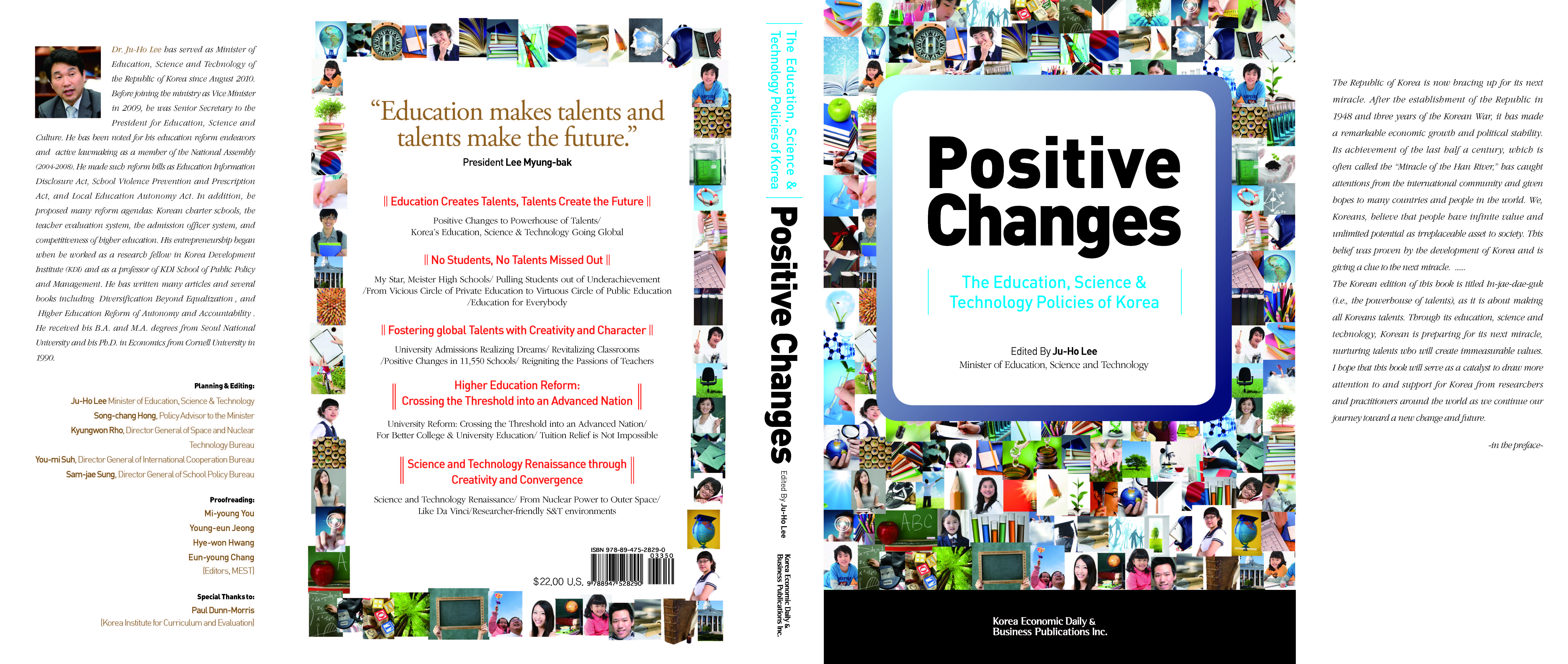
By Sopheana Bronh (2013 MPP, Cambodia)
Related News
-

Research and Education9 days ago
Republic of Korea Economic Bulletin, July 2025#KDI #Economic #KDISCHOOL #kdischool #Economic Bulletin #Research
-
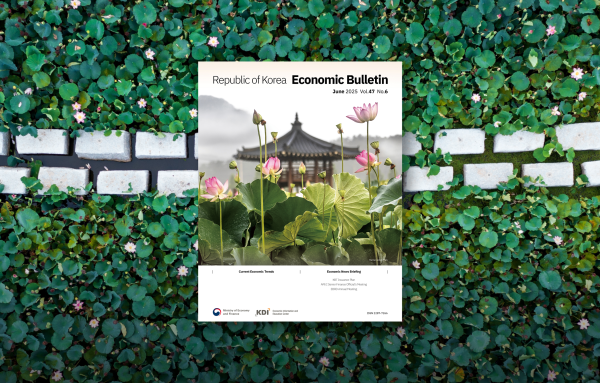
Research and Education37 days ago
Republic of Korea Economic Bulletin, June 2025#KDI #Economic #KDISCHOOL #kdischool #Economic Bulletin #Research
-
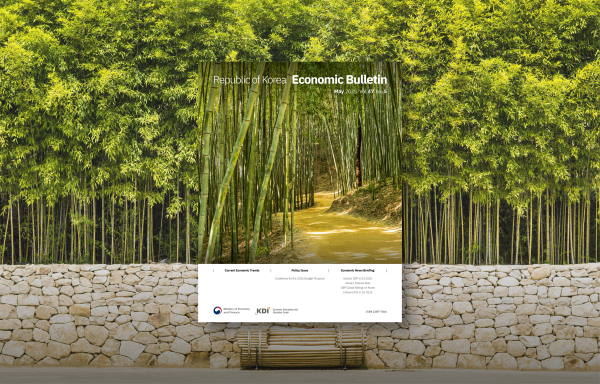
Research and Education71 days ago
Republic of Korea Economic Bulletin, May 2025#KDI #Economic #KDISCHOOL #kdischool #Economic Bulletin #Research

